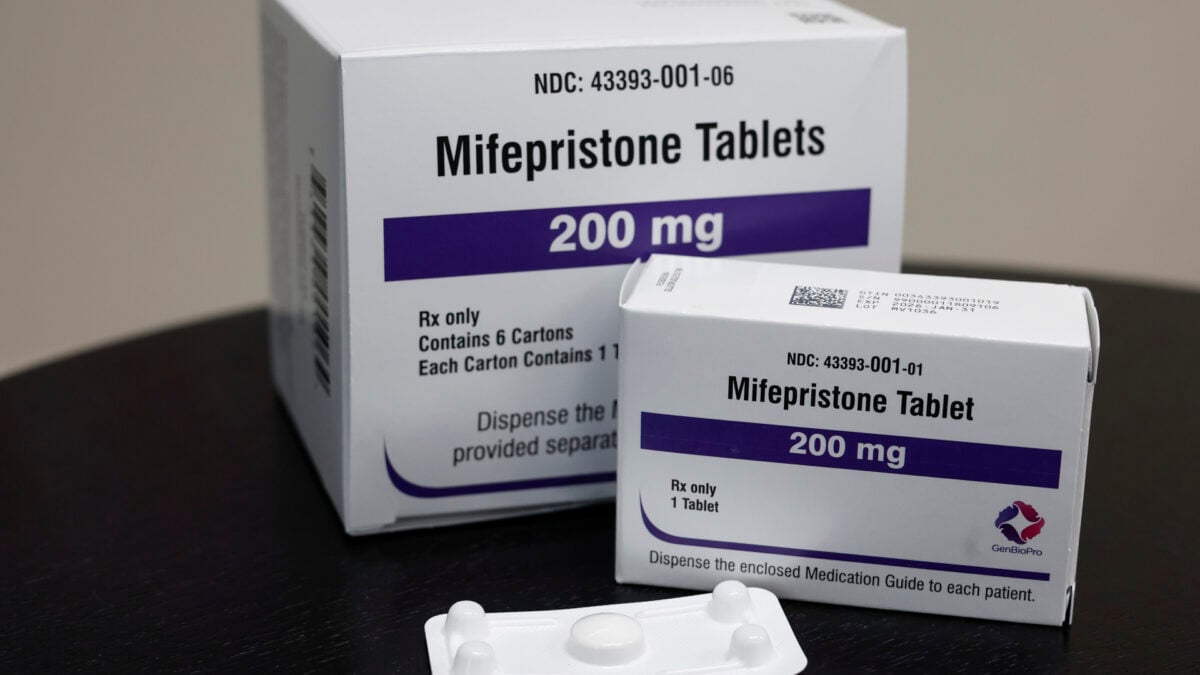Considering Ozempic for weight management but concerned about potential Ozempic muscle loss? Recent clinical trial findings offer a glimmer of hope. Regeneron Pharmaceuticals has released interim data from its Phase 2 COURAGE trial, indicating that a combination therapy involving semaglutide—the active ingredient in Ozempic and Wegovy—and specialized antibodies could significantly reduce muscle loss during weight reduction. This development suggests a future where individuals might achieve weight loss goals without sacrificing as much lean body mass, paving the way for larger, more definitive studies on this innovative approach.
The Concern: Muscle Loss with Weight Loss Drugs like Ozempic
Semaglutide and similar GLP-1 receptor agonists have revolutionized the treatment of obesity and type 2 diabetes due to their high efficacy. However, like all medications, they come with potential trade-offs, one of which is the loss of muscle mass alongside fat.
Experts note that this phenomenon isn’t exclusive to GLP-1 drugs. Significant weight loss, regardless of the method, typically involves a reduction in both fat mass and fat-free mass (lean body mass). Current research has not definitively linked the lean body mass lost while taking GLP-1s to specific adverse health outcomes.
Nevertheless, some clinical trial data suggest that individuals using semaglutide might experience a greater proportion of muscle loss compared to weight loss achieved through other means. Reports indicate that lean body mass can account for up to 40% of total weight lost. Certain groups, such as older adults, are more susceptible to complications arising from excessive muscle loss. While the precise health risks of this side effect remain under investigation, both medical professionals and pharmaceutical companies are actively seeking ways to mitigate it.
Regeneron’s Strategy: Targeting Muscle Preservation
Regeneron Pharmaceuticals is tackling this issue with an innovative strategy involving two experimental lab-engineered antibodies: trevogrumab and garetosmab. These antibodies are designed to target separate proteins that play crucial roles in regulating and limiting skeletal muscle growth.
Trevogrumab functions by blocking myostatin (also known as GDF8), a protein that naturally inhibits muscle development. Garetosmab, on the other hand, blocks activin A, another protein involved in muscle regulation. While these antibodies are already being investigated as potential treatments for specific muscle-wasting or bone-related conditions, Regeneron hypothesized that they could also be used proactively to prevent muscle loss in individuals undergoing GLP-1 therapy for weight reduction.
Inside the COURAGE Trial: Promising Interim Findings
The company’s Phase 2 COURAGE trial enrolled approximately 600 participants with obesity. For the initial 26-week period, volunteers were assigned to one of four groups: one group received semaglutide alone; two groups received semaglutide combined with either a lower or higher dose of trevogrumab; and a fourth group received all three drugs—semaglutide, trevogrumab, and garetosmab—concurrently.
According to Regeneron’s announcement, participants taking only semaglutide experienced a lean body mass loss of about 35% by week 26. In contrast, those who received semaglutide plus trevogrumab saw this loss reduced to approximately 17%. The group receiving the full three-drug combination achieved the most significant muscle preservation, with only a 7% loss of lean body mass. Notably, individuals on the triple-drug regimen also achieved the greatest overall weight loss, shedding about 13% of their baseline body weight compared to roughly 10% in the other groups.
“These early insights from the COURAGE trial…clearly establish the principle that blocking GDF8 with or without activin A can preserve muscle and further increase fat loss in patients being treated with GLP-1 therapy, thereby improving the quality of weight loss,” stated George Yancopoulos, President and Chief Scientific Officer at Regeneron, in a statement from the company.
Cautious Optimism and Future Directions
It is important to note that these interim results have not yet undergone peer review by independent scientists. Furthermore, data from the second half of the trial, which is assessing whether trevogrumab alone can enhance weight maintenance, has not been fully analyzed.
The company also reported that participants receiving the higher dose of trevogrumab or the full three-drug combination experienced a higher incidence of adverse effects and had a greater dropout rate from the study. This suggests that while promising, this combination strategy may have its own set of disadvantages that need careful consideration. Consequently, these findings represent early stages in the development of Regeneron’s novel approach to optimizing weight loss outcomes.
The potential for significant Ozempic muscle loss is a valid concern for many individuals using GLP-1 medications. Therefore, therapies that can mitigate this risk are likely to be met with considerable interest. Regeneron is not alone in this endeavor; other companies and research institutions are also exploring workaround solutions to improve the body composition effects of these powerful weight loss drugs.
Conclusion: Enhancing the Quality of Weight Loss
The interim findings from Regeneron’s COURAGE trial offer an encouraging glimpse into a future where weight loss treatments like semaglutide could be complemented by therapies that actively preserve muscle mass. While still in the early phases of research, this combination approach addresses a key concern associated with GLP-1 agonists and aims to improve the overall quality of weight loss. As research progresses, the focus will likely expand beyond mere weight reduction to encompass strategies that optimize body composition and long-term health. For those following developments in obesity treatment and GLP-1 therapies, these efforts to minimize muscle loss represent a significant step forward. Further trial results and peer-reviewed data will be crucial in determining the ultimate viability and safety of such combination treatments.











